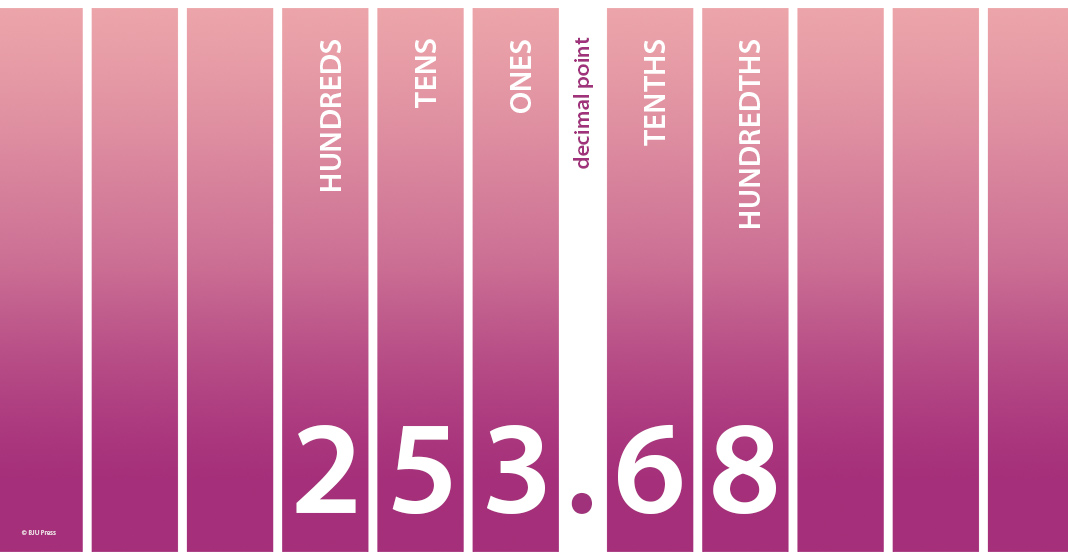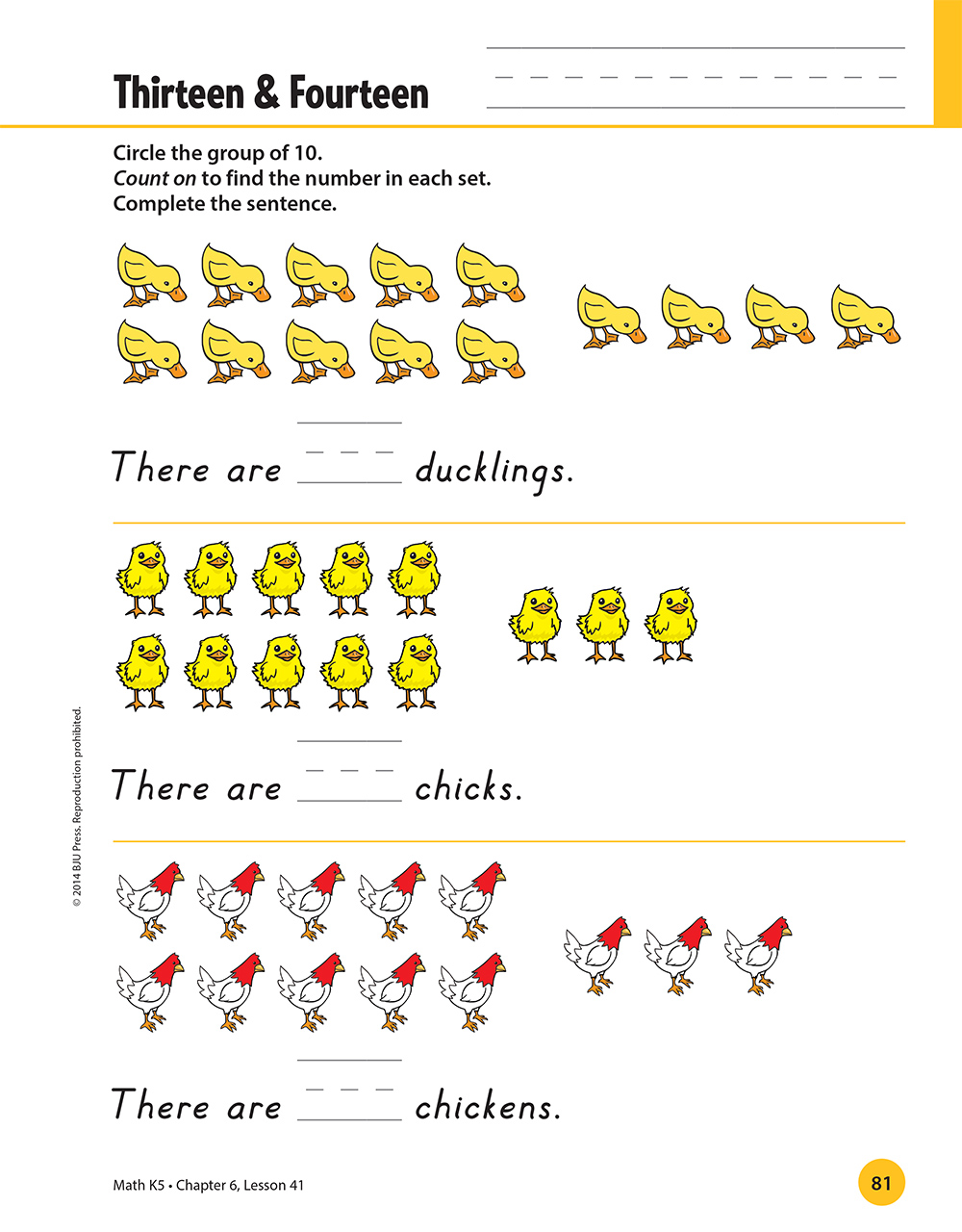In this age of chip-card transactions and smartphone “tap and pay,” I don’t usually have a reason to carry much cash. When I do need some extra cash, I go to the ATM at my local bank. I usually have a specific item that I need cash for, so I know exactly how much I need down to the dollar. But the ATM lets me withdraw only in multiples of ten. It’s one of life’s minor frustrations.
Have you ever wondered why so many things are broken down by tens? Why is the number ten so important to our society? No one’s sure, but some historians theorize that it’s because humans have ten fingers.
Regardless of why, our number system based on ten is one of the most pervasive aspects of human society. Nearly all countries and cultures use the base-ten number system for everyday uses. As adults we take understanding it for granted, but base ten can be a difficult concept for kids to pick up, and learning it early is critical for math success.
What is base ten?
Base ten is the number system that we use every day that uses columns to show place value. When a number is written out, each digit is assigned a column to show its value. We can see from the graphic below, the value of the 5 is ten times greater than the 3, while the 6 is one-tenth its value. This pattern continues as you move left or right.

Why is base ten important?
Getting a firm grasp on base ten is key to understanding math. Once your child understands how base ten works, many new doors will be opened.
If children lack a good understanding of the base-ten number system, they’ll have a hard time counting or visualizing quantities. They may only be able to count by ones, instead of by tens or hundreds. Learning more advanced math concepts such as long division becomes nearly impossible.
If a child doesn’t understand that the 5 in 58 actually represents 50, then lots of calculation problems can begin to show up as you move into more complex concepts, leading to a lot of frustration for both parent and child.
How and when should I teach my kids base ten?
It’s important to start early. BJU Press Math introduces this concept in K5 and reinforces it throughout the early grades.
The key to mastering base ten is visualization. Separating groups of ten from groups of ones visually early on helps develop understanding. This can be accomplished using hands-on manipulatives such as Unifix cubes or pennies.
Take a look at page 81 of BJU Press Math K5 Worktext.

The worktext asks the child to circle the group of ten that is visually separate from the remaining items. It then asks the child to write the numeral below. The image groupings above correlate with the tens and ones columns below.
The important thing in teaching this concept is to stick with it. Don’t get frustrated if things don’t click at first. Keep trying a variety of visualizations and hands-on manipulatives until you find something that your child relates to. Need some ideas? The BJU Press Math K5 Teacher’s Edition is packed full of teaching advice and strategies.
Learn more about BJU Press Math K5
Leave a Reply